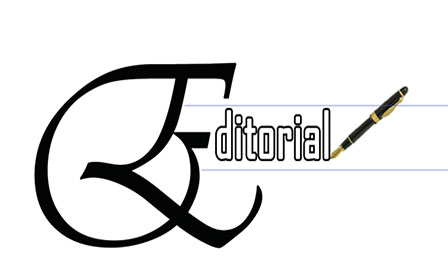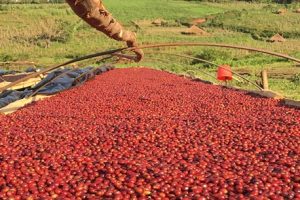
Since the start, Ethiopia has been consistently stating that it stands for mutually beneficial and sustainable benefit-sharing from the Grand Ethiopian Renaissance Dam (GERD). While finalizing the construction of the Dam, Ethiopia is still maintaining that a win-win solution is attainable and calling on the other side to follow suit.
It has been nine years since the construction of the GERD officially began. Despite facing several difficulties in the course of time, the construction is now reaching its final stage through the relentless commitment, contributions and efforts of all Ethiopians, who are eager to see the Dam improving their lives.
Until today, 60 million Ethiopians do not have access to electricity. Despite being poor economically, that is why the majority of Ethiopians have been contributing their share to the construction of the Dam. Their relentless contributions are the reason behind the construction to reach 73 percent. The civil engineering work has also reached 87 percent. They are also committed more than ever to finalize the remaining 27 percent of the work.
While Ethiopia has strongly attached its development prospects with the Dam, it doesn’t by any means claim to violate the rights of other riparian countries to continue to use the Nile waters for their development. It is public knowledge that Ethiopia aspires to develop with upper and lower riparian countries.
For long Ethiopia has been actively working to ensure fair and equable utilization of the Nile among riparian countries. It has been in the front seat, leading the effort to establish the Nile basin initiative. It has also become exemplary in utilizing the Nile as per international laws and in a manner that does not harm other countries.
Ethiopia showed total openness by making sure that Sudanese and Egyptian experts took part in the study to determine the impacts of the Dam. In the process, it has made sure that the construction of the Dam would benefit lower riparian countries rather than harming their interests. Particularly, besides preventing siltation and flood downstream, the Dam would benefit other countries in the region economically through improving power supply.
Egypt, on the other hand, has been persistently opposing Ethiopia’s right to utilize the Nile, a country that contributes more than 80 percent of the waters. Since the start of the Dam’s construction, Egypt has left no stone unturned to prevent the realization of the Dam.
Once again, now as Ethiopia is preparing to start filling the Dam in the coming July, Egypt is trying to be a stumbling block and disrupt the process. However, as Ethiopia remains committed to mutual benefit and cooperation over the utilization of the Nile, false allegations and propaganda will not deter it from finalizing what it has started. In fact, after the first filling, two units would start power production next year.
Hence, there is no reason for Ethiopia to halt its plan for a second as it has been consistent in its commitment to a win-win solution. Plus, scientific studies also revealed that the Dam would not harm the interests of downstream countries. Ethiopia will start the filling of the Dam next July and this would be one of the biggest achievements of Ethiopians in recent history.
The Ethiopian Herald May 21/2020




